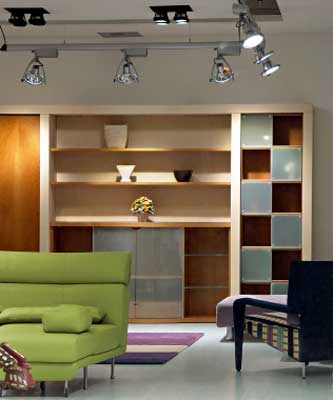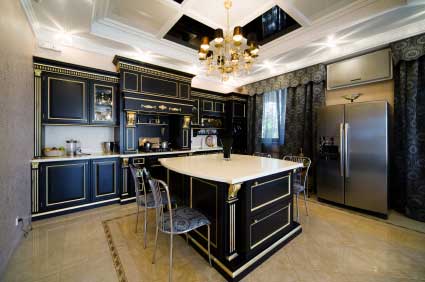What is Lighting?
Home lighting is one of the most important subjects when learning about interior design and decoration, but what is lighting?
The definition for home interior lighting is simply a vehicle for us to be able to carry out tasks comfortably inside our homes.
Using Lighting
It is necessary to consider and design the lighting in conjunction with all your interior design selections as without lighting you will not be able to view your hard work. Therefore paying close attention to lighting will be very valuable in creating your new environments. It may seem like a technical subject that is daunting, but we have simplified it for you. This website will provide basic training for you to be able to ask the right questions of a supplier and/or provide a thorough brief to a professional lighting designer should you choose. If you feel really confident you could attempt the lighting design yourself, and have it verified by a professional.
The Purpose of Light
We use light in buildings for the following reasons:
To carry out tasks or work -reading writing operating equipment.
To create an area of comfort or an amenity – this is general lighting to live with either by daylight or artificial light and direct sunlight.
To create effects for aesthetics – displays, artwork, shadows definition.
To ensure safety – ensuring appropriate lighting levels for all those using the facility.
What is light?
Light is a form of electromagnetic energy, and visible light is part of that electromagnetic spectrum. Light is transmitted in waves the same as radio, radar and TV but of a particular size or wavelength.
Each color of light has its own wavelength in the electromagnetic spectrum. When all the colors are combined we get a mixture recognized as white light. If this light is shone through a glass prism then the white light is separated into the colors of the spectrum. It is important to understand this when dealing with lighting as different types of light give off different colors or combinations of colors. The average midday sun appears to have all the colors in it while artificial light can only approximate it.
Think of the different types of light that you get at varying times of the day such as early morning or dusk. All visible artificial light is within the violet to red spectrum range, however varying types of artificial light concentrate on different parts of the spectrum.
For example, low-pressure sodium lamps emit their light in the narrow part of the spectrum that gives an intense orange yellow light and therefore distorts the color of all non-yellow objects, so to design the right environment, the correct lamp selection for the situation or environment is most important.
How We See Color
The eye responds differently to different colors. It responds best to the green yellow area of the spectrum and less to the blue violet or red ends. If you think about it this also relates to moods; a bright room creates a sense of well being and happiness while a dark room creates a somber mood. To understand how color is seen take the view that colors are in the light and not the object. When light falls on an object its surface will absorb some colors and reflect the rest. The colors that we see are those that are reflected. E.g. green objects reflect green light but absorb the rest and blue objects reflect blue light while absorbing the rest. Black objects absorb all light and white objects reflect all light. You will note that it is almost impossible to get a true black or a true white. Take care not to be confused with mirror which forms images by reflection. If you focus on light and color this way then you will understand the importance of illumination and how it renders and colors an object or the space it is illuminating.
Learn more about Lighting
What are Lux, Lumen and Candela?
Written by Chris Brown


